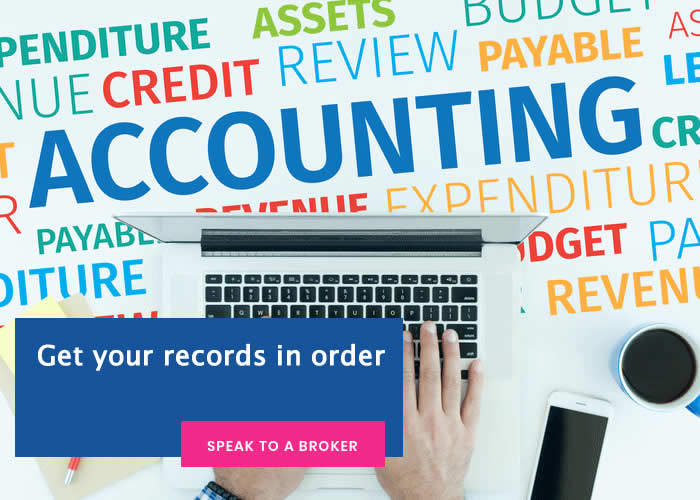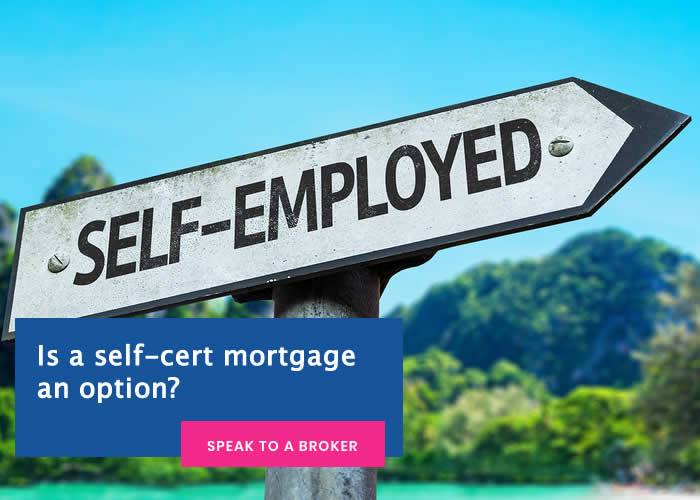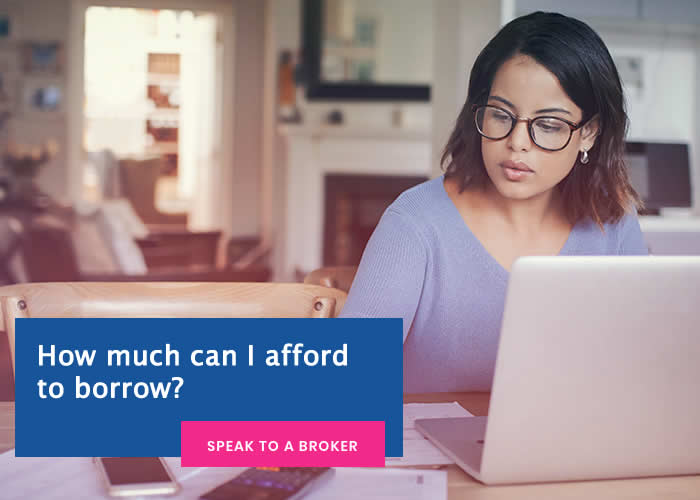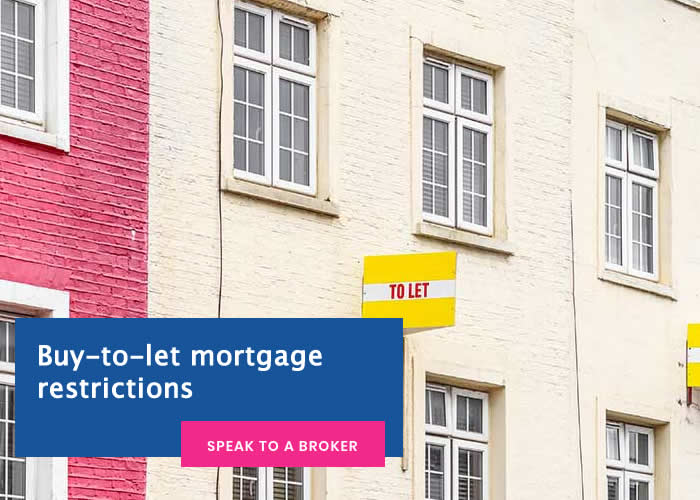Owning a buy to let property can be a great investment for your future. If you purchase a home with a promising yield, you will not only make money from the monthly rental payments but you will also stand to profit if you decide to sell the home further down the line.
Buy to let mortgages are different to a normal residential mortgage. It’s important that you understand these differences before you head down this route. In fact, most residential mortgages will have rules against you renting out the property for a period after purchase. See this guide.
If you decide a buy to let property is right for you, you’ll also have to think about which area is best. While some areas are booming, you might struggle to find suitable tenants for your property. That’s why we’ve come up with this handy guide to the UK buy to let hotspots for 2019.
Where are the best places for buy to let?
According to data published by the website Totally Money, the following areas are the best places to consider. These were the best performing areas in the whole of the UK.
- Nottingham
- Liverpool
- Manchester
- Leeds
- The North East
It’s no surprise that the North dominates this list. With investment flooding to the North of the country, people are finding that they can get a lot more for their money in the north. If you’re a buy to let landlord looking to expand your portfolio, these are some of the rental yields you can expect to see in the North.
Buy to let in Nottingham
According to the study, Nottingham topped the list with an impressive yield of 11.99% in the most sought after areas. If you’re looking to buy in Nottingham, consider the NG1 postcode which is incredibly popular with students. With such close proximity to Nottingham Trent University, you’ll have a steady flow of new tenants.
You should also consider the NG7 postcode, which offers an average rental yield of 8.89%.
Buy to let in Liverpool
Heading to the coast, Liverpool was another top performing city. A total of 6 Liverpool postcodes made the list, including L7 which covers the city centre, Edge Hill, Fairfield and Kensington areas. The average rental yield for these areas is an impressive 9.79%.
Other areas to consider include L1 and L2 which are both in the city centre and L6, which covers Anfield, City Centre, Everton, Fairfield, Kensington and Tuebrook.
Buy to let in Manchester
Best of luck finding property in the centre of town or in the trendy Ancoats area. Instead, look to the student-dense suburbs of M14. Here, you’ll find an average rental yield of 7.07%. You can also look to areas like M13 which is close to the University of Manchester and two hospitals.
Buy to let in Leeds
To grab yourself a great rental property in Leeds, head outside of the city centre to the leafy suburb of Headingley. The LS6 postcode is popular with families and students alike. Here, you’ll find an average yield of 7.43%.
Buy to let in the North East
The best postcodes to consider in the North East are all in the Newcastle region. Look to the NE1 postcode for the best rental yield in the North East. Being close to Newcastle’s two universities means that you could look to enjoy a yield of around 8.16% along with low property prices. You should also look at the NE6 postcode.
Is it worth looking at London?
The majority of the best rental yields can be found in the North, so does this mean that it’s time to ignore London and the South East? Absolutely not. While property prices might be higher, rental prices are also higher in the capital. Competition for rental property is also steep, so you shouldn’t expect to sit on an empty property for too long.
According to Totally Money, the best performing rental yield in London can be found in East Ham. This has an average yield of just 4.81%. While this might be lower than some of the locations in the North, you have to keep in mind the value of the property.
Capital appreciation is a big factor to consider when looking at buy to let property in London. Investors in London typically see increases in their property’s market value.
What are the best areas in London?
At the moment, the best areas for buy to let are in the areas around Dagenham, Barking and Romford. The closer you get to the centre of London and areas like Kensington, Westminster, Chelsea and Fulham, the less yield you can expect to command.
With fluctuating property prices and the looming threat of Brexit causing uncertainty, it has become increasingly difficult to predict. This is why many investors are moving their focus to areas outside of London where property is cheaper but rents remain steady.
How do I find out the average rental yield in an area?
Before purchasing a buy to let property, you should do your research to discover how much money you could stand to make. By working out the rental yield, this can help you to decide which area is more profitable.
The first place to start is to find out the average property prices and the average rental prices for your chosen area. You can search on sites like RightMove, Prime Location and Zoopla to get an idea of how much rent you can expect in each area. Gumtree will also have listings direct from private landlords.
Once you have the rental figure, divide it by the market value of the property and then multiply by 100. This will be your rental yield percentage. The higher the number, the better the value.
What is a good rental yield?
The higher the better, but in general, you should look for a rental yield of around 7-8%. Any less, and you could struggle to meet your month commitments. You not only have to make mortgage payments, but you will also be responsible for upkeep of the property, so it makes sense to make sure this is always covered.
A common mistake that people make is assuming that everywhere in a post code offers the same rental yield. Things like schools, transport links and nearby amenities can make a huge difference to your rental potential. People might be willing to pay more rent for a place that is near a tram stop than one that is near a bus stop, even if it's in the same post code. You can’t assume that all transport links are equal. The same goes for schools and amenities.
And rental yield isn’t the only factor you should consider. Look at the wider area and consider if the area is prospering or declining. If new businesses are moving to the area, there is a chance the value of the property will increase. If, however, businesses are closing down and residents are moving away, you could end up with a property that is worth less and that you cannot rent.
Can I always get a buy to let mortgage?
You won’t be the only one doing these calculations. Your mortgage provider will also want to see that your buy to let property is a good investment. There are also different rules for buy to let mortgages depending on where you are in the country. Some lenders will see some areas as higher risk than others, so it’s worth speaking to a specialist before you start your property search.
Lenders will look at wider factors including rising unemployment, slow wage growth, falling house prices and population decline. This can include buy to let properties in rural areas where there is less demand for property. In some cases, lenders will be reluctant to lend to you if you live far away from the property you are purchasing. This can be frustrating for landlords based in the South who want to make the most of the lucrative opportunities in the North. In this instance, speaking to a specialist mortgage broker will help you to navigate your options.
Where can I find advice?
If you aren’t sure if you will be accepted for a buy to let mortgage because of any of the reasons listed above, it’s always best to seek advice. We have access to a wide range or mortgage brokers, so we can point you in the right direction to help you find the answers you need.
When researching buy to let mortgages, make sure you have a good idea of the area you are looking in, the average rental price and changes to property values in the last five years. This will help to refine your search and ensure that your broker puts you in touch with the right lender for your needs.
Can I purchase a buy to let property abroad?
If you want to purchase a property overseas with the intention of letting it out, you are likely to need a specialist mortgage. However, it can get complicated to purchase a buy to let property overseas. Every country will have their own rules, and you may also have a language barrier to contend with.
If you are thinking about purchasing an overseas buy to let property, you have two main options. The first is an international mortgage, and the second is simply applying for the mortgage overseas.
The first is likely to be simpler as you will be dealing with a UK-based lender and they will be able to help you navigate the home-buying process. The second is likely to be more complicated, particularly if you don’t speak the language. However, it’s worth looking at both options. By giving yourself more choice, you might be able to secure a better deal on your buy to let mortgage overseas.
Next steps
Whether you are looking at one of the UK buy to let property hotspots, or setting your sights overseas, the first step is to seek the advice of a specialist mortgage advisor. Get in touch with Niche Mortgage Info today to find out how we can help you navigate the process with ease.



